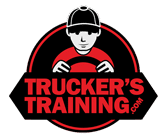Box trucks are so common on the road that people hardly think about them until they need to hire, buy or drive one at work. Only then does the question arise – is it necessary to have a Commercial Drivers’ License (CDL) to drive a box truck? The general answer is ‘no’ but there are exceptions that drivers need to be aware of.
What is a Box Truck?
These vehicles usually have a large square or elongated cargo box, separate from the cab and bolted down on the chassis. They are sometimes called ‘straight trucks’ as they are constructed from one stretched piece of material.
Generally, they are used for smaller removals and deliveries and mostly have a roll-up door at the back for easy access to the cargo. A vast number of businesses use them and private individuals hire them for their own-removals.
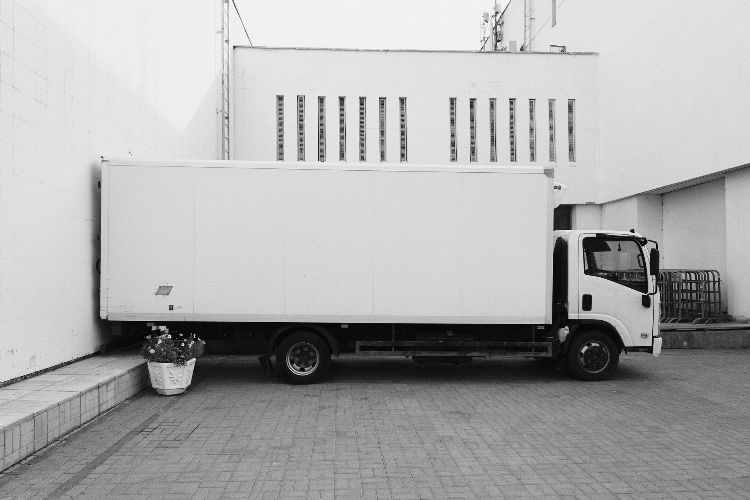
Size and Weight of Box Trucks
Most manufacturers of box trucks in the US keep to sizes between 22ft. and 26ft. long. The size is not as important as weight though when it comes to the question of licenses. Again, most box vehicles are designed to keep below the weight limits that require the driver to have a CLD certification. Drivers of larger vehicles used for house removals and freight usually need a CDL to operate them legally.
Weight Limits Requiring a CDL
To understand if a CDL is needed, it is necessary to know the Gross Vehicle Weight Rating – the GVWR limits. Box trucks with a GVWR up to 26,000 lbs are exempt. Trucks with weights of 26,001 lbs. or more require the driver to have a special license to operate one.

How to Calculate the GVWR?
The paperwork that comes with any new vehicle should have all the details required but to calculate the GVWR is easy. Inside the jamb of the door, there should be a sticker showing the Gross Axle Weight Rating – the GAWR. There are 2 numbers here, one for the front axle and one for the rear. When the 2 numbers are added together this will be the GVWR.
Load/Cargo of Box Trucks
The contents of the vehicle do not alter the GVWR. It doesn’t really matter if the box truck contains a bunch of flowers or the contents of a 2-bedroom home. However, there are advisable capacity limits for safety reasons. For example, a 24 ft. box truck can carry a load of up to 10,000 lbs., and a 26ft. vehicle can take 12,000 lbs. Most of these types of trucks are used for much smaller and lighter deliveries and can be driven on a regular driving license. Some familiar brands that use box vehicles for deliveries are:
- FedEx Ground Home Delivery
- Cintas collecting and delivering goods between companies
- U-Haul – This company hires out their trucks for self-movers.
- DHL and UPS – Home delivery companies
Small box trucks are used for local businesses, home order companies like Amazon, and small passenger vehicles. Pet carriers also use this type of truck.
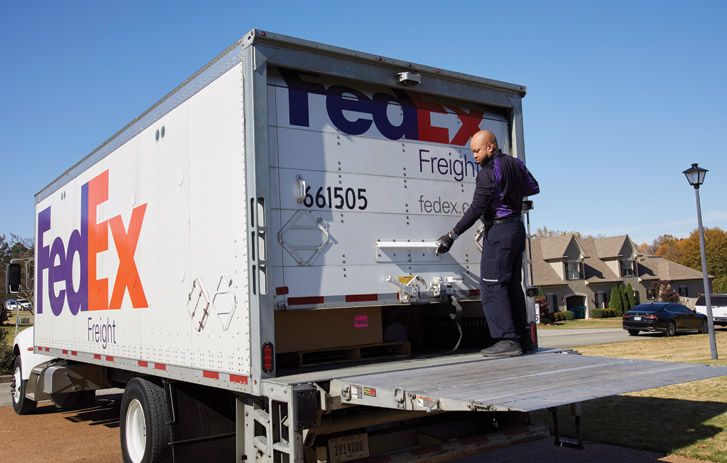
CDL Classifications
If the truck you are using is over the limit for a normal drivers’ license then a Commercial Drivers’ License will be needed. Many trucking jobs will require this and may arrange the paid training for CDL and testing for the applicant. CDLs are graded Classes A, B, and C.
Class A is for those who expect to be driving large trucks while C Class is for trucks carrying special cargoes. B class is probably the one most useful if hiring or working with vehicles over 26,000 pounds. This category also allows for added trailer weights. It is rare for box trucks to be over this limit except for professional trucking companies dealing with large loads.
Other jobs where a B Class CDL might be needed are drivers operating a school or tourist buses and coaches, dumper trucks, or some farm vehicles.
Getting a CDL
There are no shortcuts to obtaining a CDL of any classification. The applicant must attend a training school and take the relevant test for the Class required. There are a great many training schools operating around the country and ways to finance the courses.
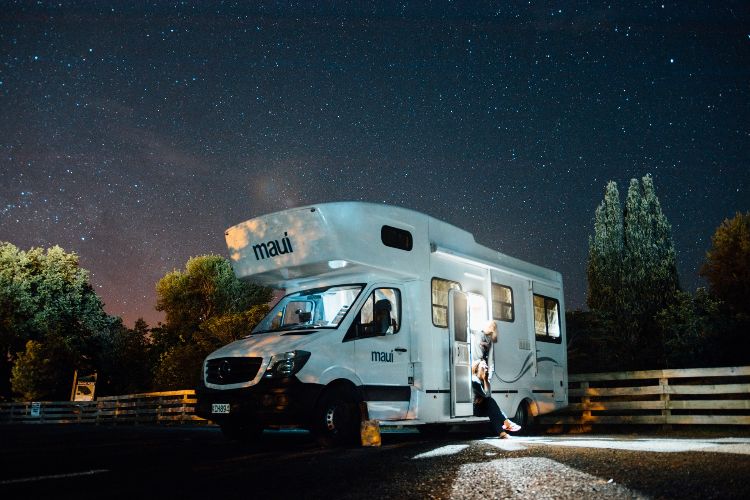
What About RVs and Motorized Holiday Vehicles?
Recreational vehicles are becoming increasingly popular in the US and a question often raised is about legal licenses to drive them. Again, the answer to this is that in almost all instances there is no need for drivers to seek a special license to drive this type of vehicle. Most manufacturers keep well within the limits for a normal license especially as costs and handling larger vehicles would limit sales. There are some top-of-the-range exceptions that do need to be checked out and some States have different regulations.
At the present time, Hawaii requires drivers to have a box truck CDL but precise definitions need to be clarified. RVs are also graded A, B, and C according to size. RV travel trailers come in all shapes and sizes.
Driving a Box Vehicle
Most experienced drivers will feel confident handling smaller box trucks but some of the larger ones need some caution before setting out the first time. Some time practicing, getting used to the braking power and differences in handling is advised by licensing authorities and vehicle safety organizations.
With limited rear window view, using wing mirrors is particularly important and signaling early to be sure cycles/other road users have time to react. Learning to make wide turns and avoid any difficult situations are things worth knowing.
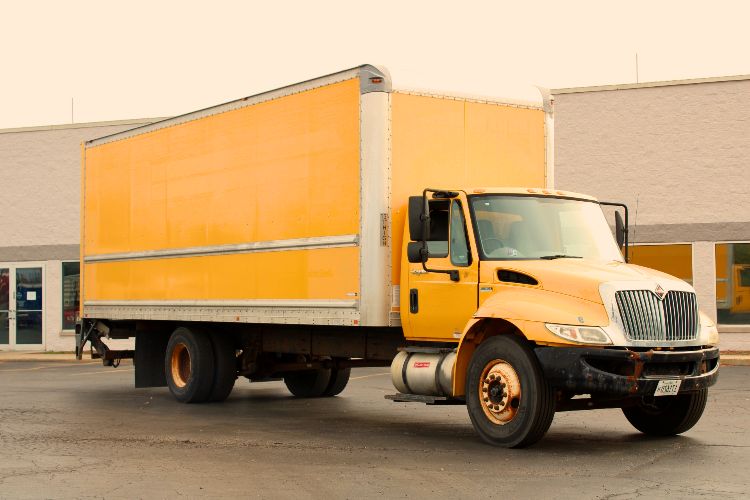
If driving these vehicles are part of your job, then remember that the driver and the company could both be accountable in an accident. Inexperienced drivers need to be especially cautious before attempting to drive a large box truck.
Conclusion
Cautions are advisable but that aside, box trucks are enormously useful and a very helpful way to move anything around. Holiday vehicles can give great enjoyment and box vehicles can accommodate adults, children, pets, and all essentials for a good vacation – and usually, there is no need for a CDL.

Geoff is a freelance writer at TruckersTraining.com with 20+ years of experience driving trucks and buses, dispatching, supervising, and training commercial driving teams. His expertise is writing topics on the transportation and trucking industry, and information technology trends.
